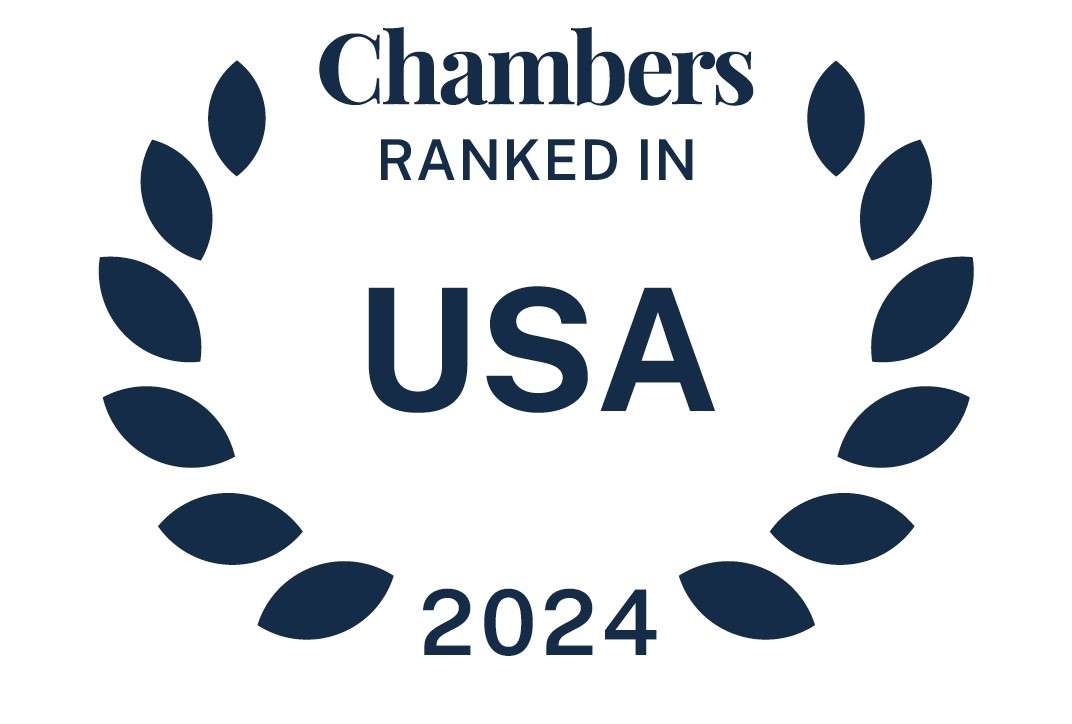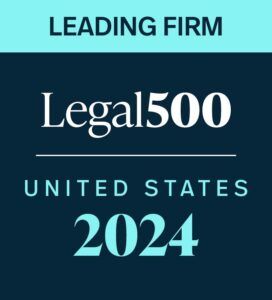The Internal Revenue Service has announced the cost-of-living adjustments to the applicable dollar limits for various employer-sponsored retirement and welfare plans for 2026. Most of the dollar limits that are subject to adjustment for cost-of-living increases will increase for 2026. The Social Security Administration released separately the maximum amount of earnings subject to the Social Security Tax.
read more


 Subscribe
Subscribe




